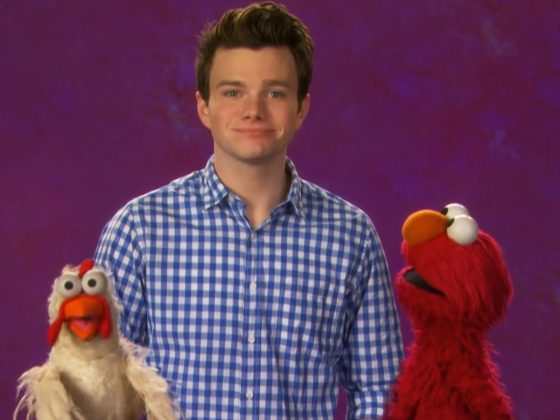
Reporting Bullying
Bystanders notice bullying and don’t say anything, but upstanders stand up for the child being bullied.
Watch the video together, then ask:
- Why was the chicken feeling upset?
- What did Elmo say to the grown-up about what had happened?
- How did the grown-up say Elmo could help?
- Have you ever been in Elmo’s position? What did you do? What could you do next time?
- Have you ever felt like the chicken? What did you do? What could you do next time?
Explain that children can be “upstanders”! Bystanders notice bullying and don’t say anything, but upstanders stand up for the child being bullied.
You can also talk about the difference between “tattling” and “reporting.” Tattling is telling on someone (trying to get them into trouble) when they aren’t hurting anyone’s bodies or feelings. Reporting is when we’re helping someone whose feelings or body are being hurt.
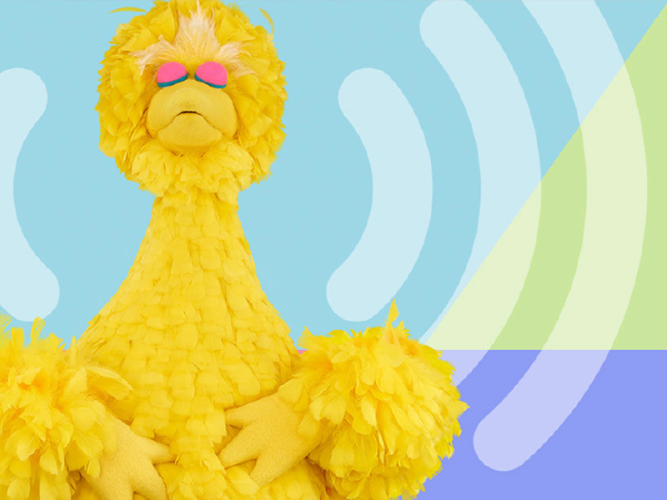
Mindful Monsters: Body Scan with Big Bird
In this podcast, Big Bird guides children through a mindful body scan.
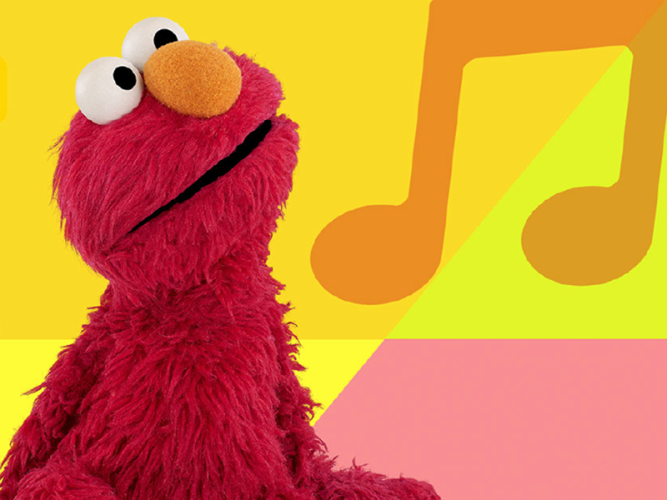
Mindful Monsters: Whole-Body Listening with Elmo
In this podcast, Elmo practices whole-body listening.
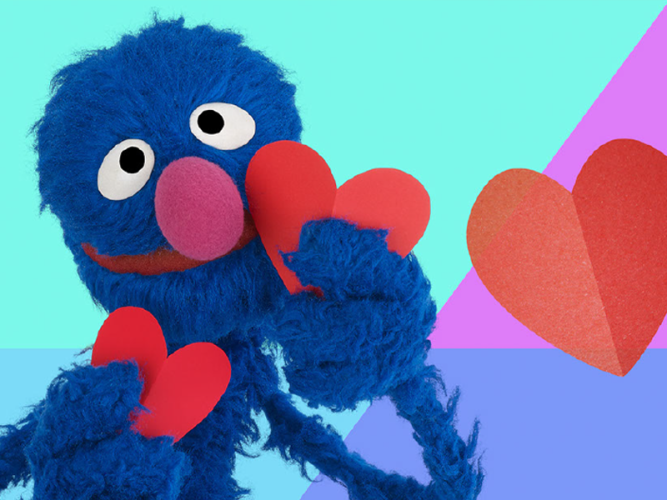
Mindful Monsters: Self-Love Mantras with Grover
In this podcast, Grover shares some mindful mantras.

Mindful Caregivers
Practicing mindfulness is a great way to slow down and reset.
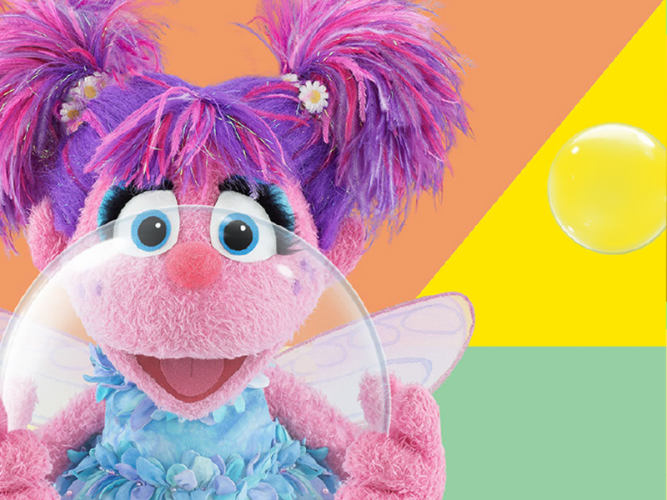
Mindful Monsters: Bubble Breathing with Abby Cadabby
In this podcast, Abby Cadabby guides children through a bubble breathing exercise.
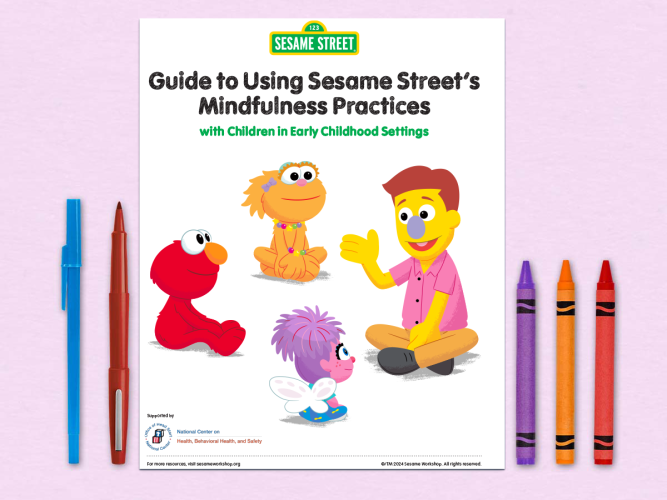
Mindful Monsters: A Podcast Guide to Peace
A guide with tips for using the Mindful Monsters Podcast Series.
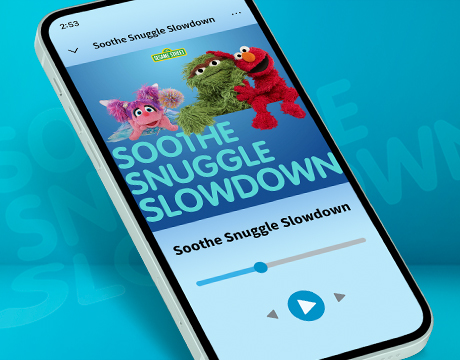
Soothe Snuggle Slowdown: Songs and Strategies for Restful Sleep
This curated playlist helps little ones (and their tired grown-ups) relax and unwind! A mix of mellow tunes sets the mood for naps, bedtime… or just some much needed down time.
